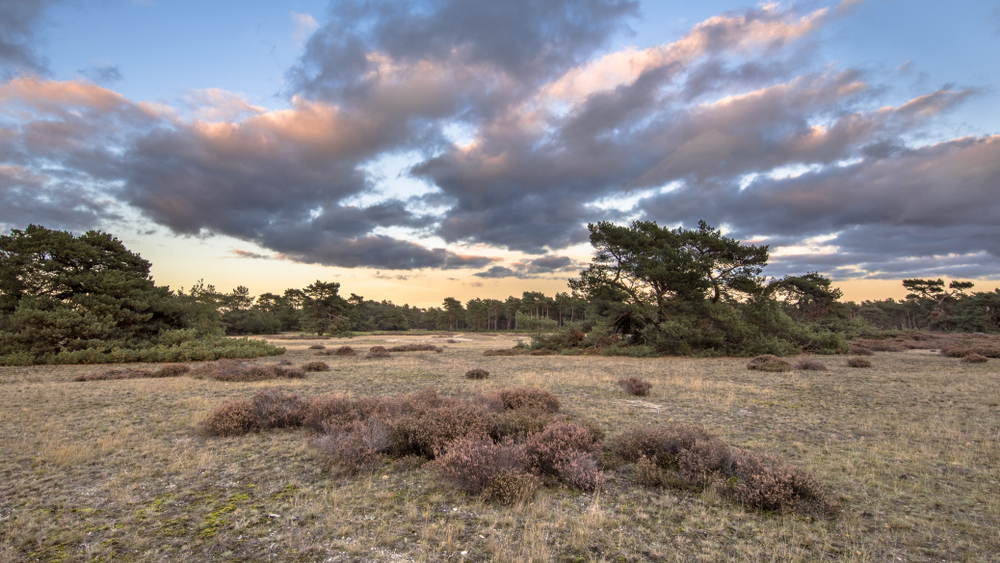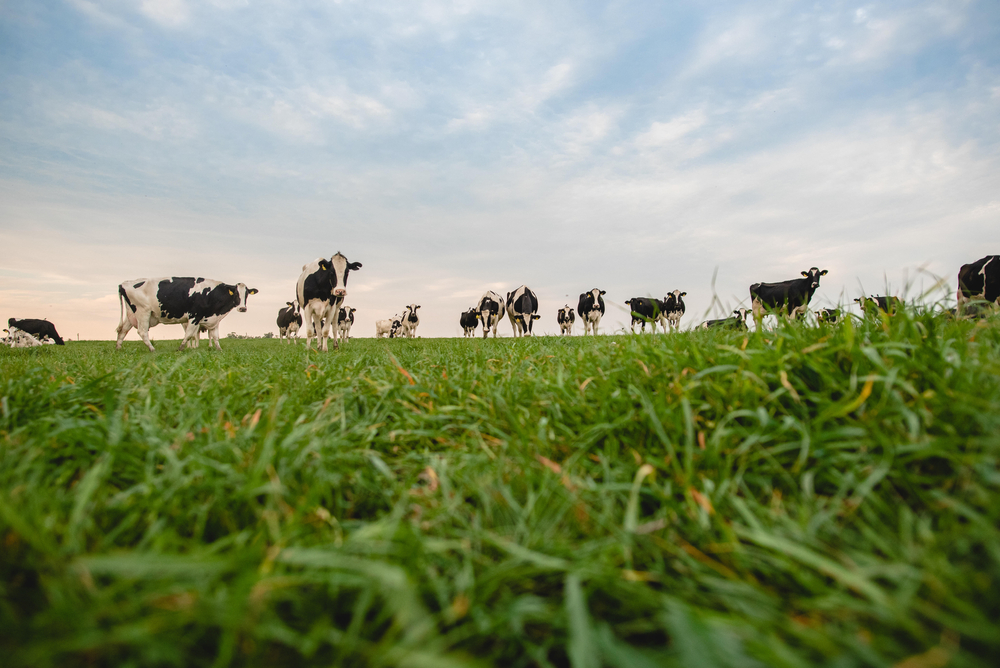Wageningen nitrogen experts were surprised when Minister Wiersma announced last month that the cabinet would end the National Rural Areas Programme (Dutch: Nationaal Programma Landelijk Gebied -NPLG), which addresses nitrogen and water quality issues. Resource asked several experts to share their views on how this may impact their domain. In this episode, Jan Dijkstra, associate professor of Animal Nutrition with the Animal Sciences group.
A while ago, there was much ado over the fact that nitrogen emissions can be reduced by making adjustments to dairy cattle’s rations. When the former cabinet shifted its focus to the area-specific approach, attention moved away from this possible solution. Now that the political perspective has veered back towards goal-steering, this option may come back into focus.
Goal-steering enables farmers to decide how they want to achieve their reduction target. Whether through a low-emissions barn, through feed, or by keeping fewer cattle, and so forth. ‘Essentially, most livestock farmers want to keep their current cattle population and do not want their cattle rights curtailed if their nitrogen excretion fails to drop sufficiently. Simply focusing on feed requires a completely different investment than a low-emissions barn. Hence, I expect the feed option to come back into focus’, Dijkstra says.
Not in = not out
The dairy sector stands to gain much from lower protein content in feed, he explains. ‘Proteins contain nitrogen. And what doesn’t go in can’t come out. A 10 to 15 per cent reduction in nitrogen excretion and ammonia emissions can be achieved through feed without affecting the cow, more even in the future. That is a lot, of course. Unfortunately, not much is being done with this knowledge within the dairy farming sector, which is what I criticise the sector for.’
He says the sector is currently working on a deal with the ministry. The goal is to reduce the protein content in feed to 160 grammes per kilogramme in 2025. The current protein content is 164 grammes. ‘There is not much progress’, Dijkstra, who is convinced the protein content can be lowered much further, argues. How low it can be is not yet clear. ‘That is something we must investigate.’
Yesterday
The difficulty with this research is that solutions are needed yesterday, the nutrition expert states. ‘And although the ministry and the sector are willing to fund all manner of things, they only wish to do so for the short term and for individual projects. And, honestly, that doesn’t help me at all. I work with postdocs and PhD students; I need multi-year, fundamental strategic projects. It is a shame that that department has very little focus.
Long-term studies may be few, but they do exist. Dijkstra cites the example of a PhD student who is working at the Dairy Campus for the duration of two lactations* (approx. 3 years) studying the effects of feed with three different protein percentages. ‘The regular level of 160 grammes per kilo, a lower level of 145 grammes, which we feel is possible, and a really low level of 130 grammes, which we expect is too low to keep the cow healthy and fertile, or will at least result in a lower milk production, making that an undesirable option.’ As the study is still underway, Dijkstra is unable to divulge preliminary findings.
Lifespan
Dijkstra also discusses a study a little further away, conducted by a British top scientist with whom he collaborates on a regular basis, Chris Reynolds. ‘He used funds from the British ministry for a study spanning three lactations and concluded that lower protein levels are viable. Unfortunately, he has, so far, not published the results in a scientific article. But this is precisely the kind of research we need, as we do not know what impact a lifetime of low-protein feed will have.’
When asked whether he hopes the Dutch ministry will make more long-term studies possible, he answers: ‘Certainly, particularly as it will enable studies on the cow’s immunity, defence system and fertility. I am very happy that Dutch cows’ lifespan is increasing. In the Dutch dairy sector, cows live up to six years, which is rather long on a global scale. But I would like to see cows live as long as possible.’
* A lactation is the period during which a cow produces milk (350 days on average), which ends with the milk supply drying up (approximately 45 days). A new lactation starts when a new calf is born.
Nitrogen series
Episode #1 – ‘I believe the minister’s strategy is risky’ with Roel Jongeneel
Episode #2 – ‘Goal steering does not make nitrogen reduction easy all of a sudden’ with Edo Gies
Episode #3 – ‘The industry of doubt has hopefully become obsolete’ with Karin Groenestein
Episode #4 – ‘I expect the feed option to be brought back to the table’ with Jan Dijkstra
Episode #5 – ‘The funds are depleted, so we need smart solutions’ with Gerard Migchels
Episode #6 – ‘Let’s start goal-steering through a relatively simple system’ with Wim de Vries

 A 10 to 15 per cent reduction in nitrogen excretion and ammonia emissions can be achieved through feed without affecting the cow. Photo Shutterstock
A 10 to 15 per cent reduction in nitrogen excretion and ammonia emissions can be achieved through feed without affecting the cow. Photo Shutterstock 

